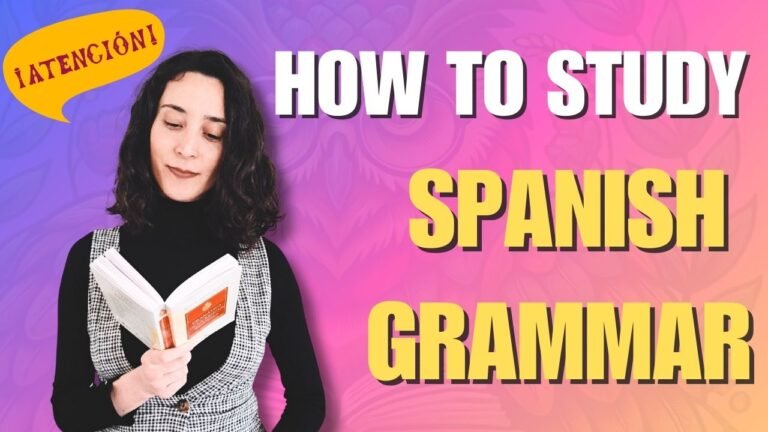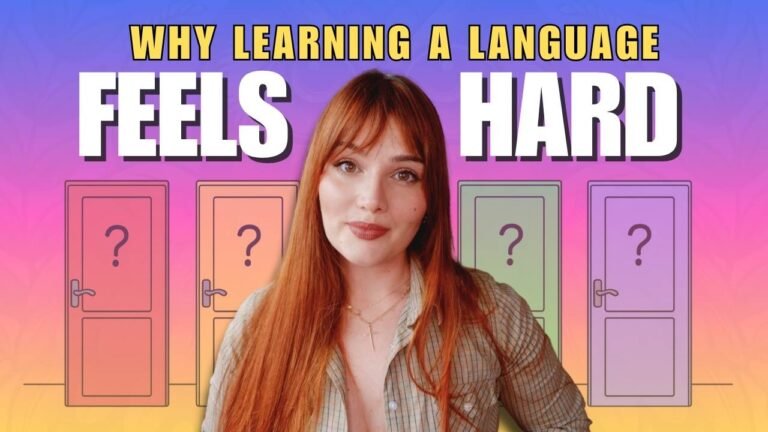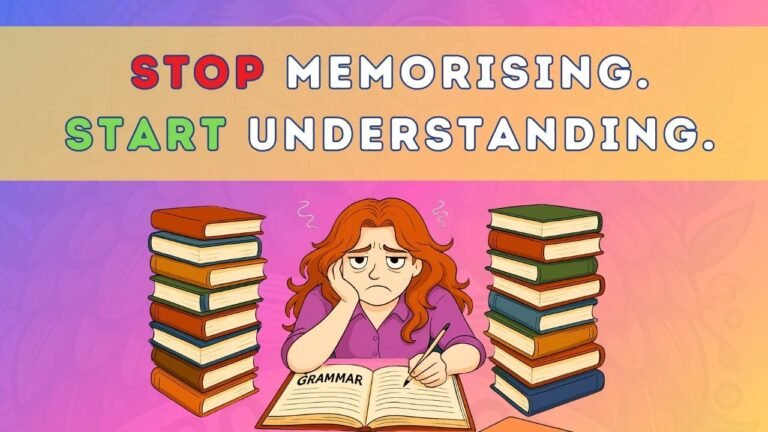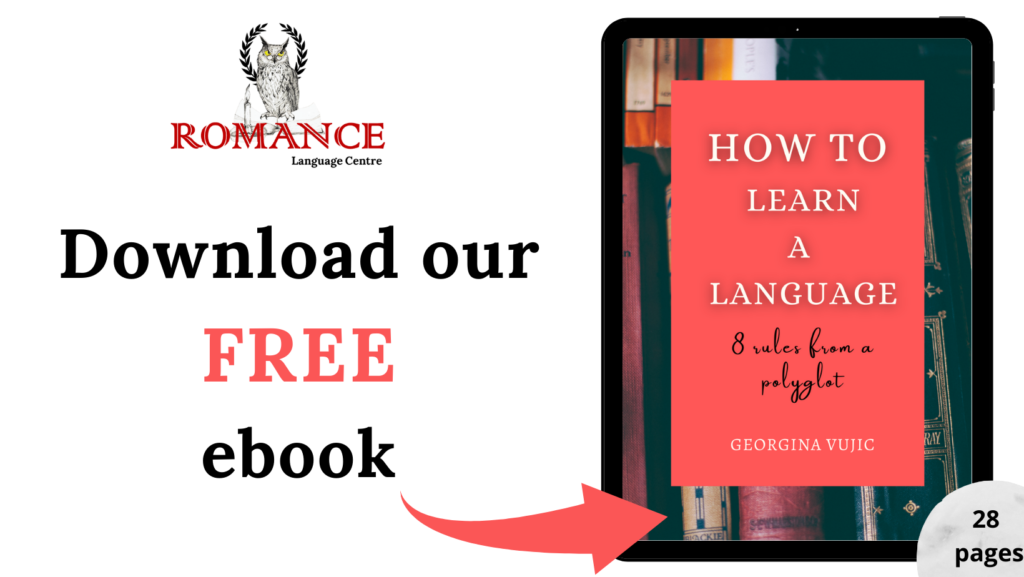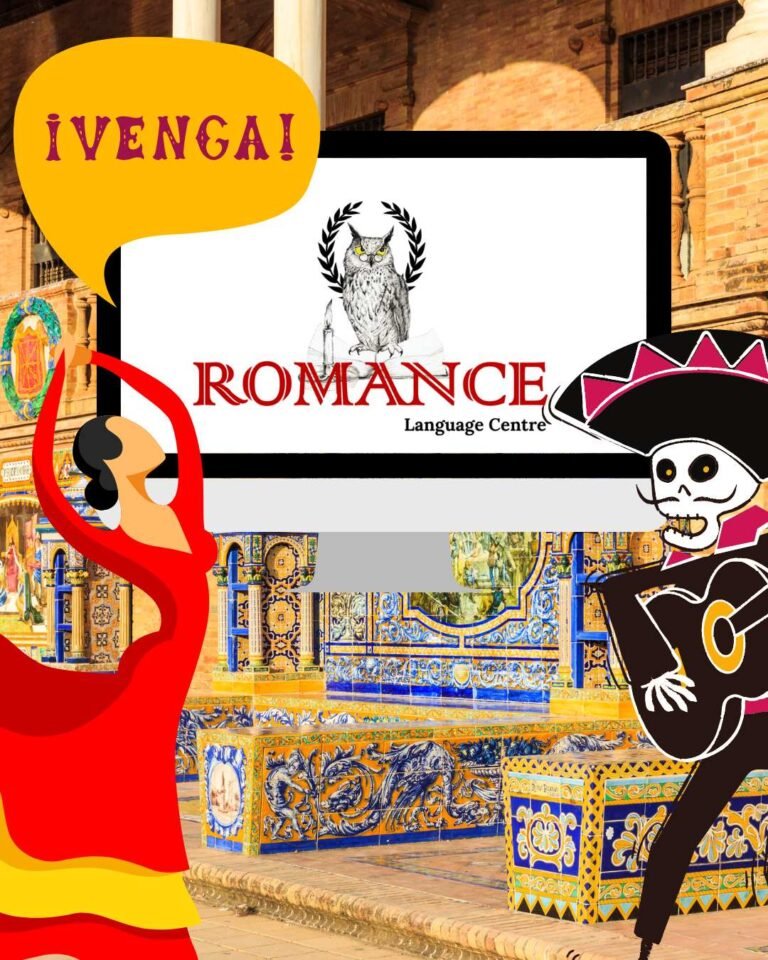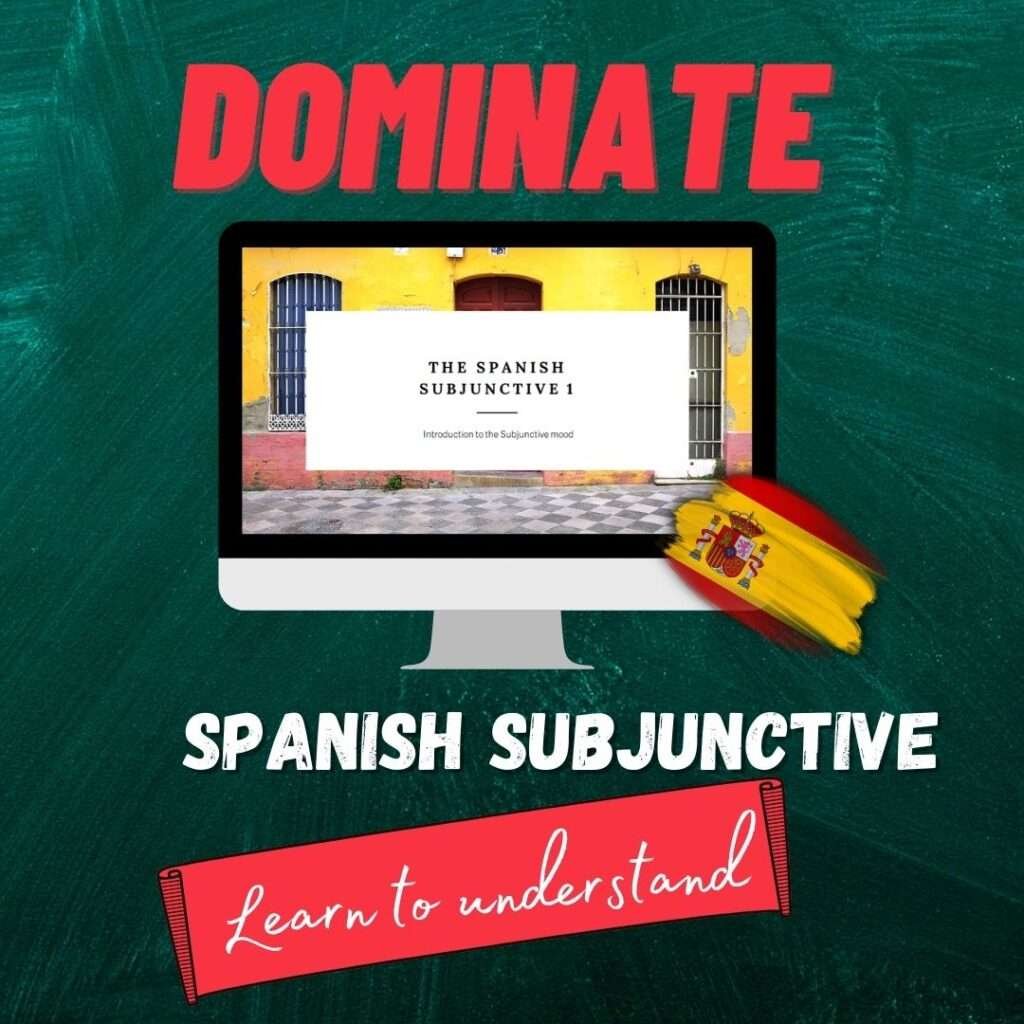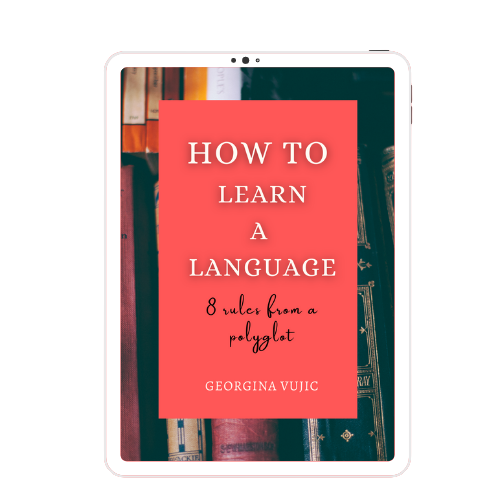If you’ve ever felt frustrated by the phrase “just memorise it,” you’re not alone. Many Spanish learners struggle not because they’re unmotivated or incapable, but because the approach they’ve been taught doesn’t reflect how languages are best acquired. This guide explores one of the most powerful mindset shifts in language learning: learning through understanding rather than rote memorisation.
With support from cognitive psychology, language acquisition research, and years of teaching experience, this article will demonstrate why true fluency doesn’t come from cramming grammar rules — but from discovering how the language works in meaningful contexts. If you’re searching for the best way to learn Spanish, what follows may shift your entire perspective.
THE PROBLEM WITH MEMORISATION OF RULES
Let’s begin by examining a common classroom scenario. You ask your teacher, “Why is this said that way in Spanish?” and the reply is either: “That’s just the rule,” or worse, “That’s just how Spanish works. Don’t overthink it — just memorise it.”
While there are times when simplifying an explanation is useful for preventing cognitive overload, the reality is that the “why” often matters — and is frequently explainable. Understanding the logic behind grammatical structures is not only possible, but also essential. It’s also the best way to learn Spanish, especially for long-term retention.
Having learned four languages myself, I can relate to the dissatisfaction these vague responses generate. And as a teacher, I actively work to avoid passing that same frustration on to my students.
Memorisation of rules may serve a purpose for passing tests, but it is insufficient for real-world language use. To achieve fluency, you need to:
- Apply structures fluidly in spontaneous conversation
- Adapt grammar in unfamiliar contexts
- Retain language over extended periods
Memorised knowledge, especially when disconnected from context, is fragile. It is harder to recall when speaking under pressure, it does not transfer well across different situations, and it is limited in flexibility.
Language is not a static list of rules; it is a dynamic system that functions through meaningful patterns. Our brains are naturally inclined to recognise and learn from those patterns — not from isolated, abstract facts.y wired to detect and apply patterns — not lists of disconnected facts. This understanding is critical for anyone seeking the best way to learn Spanish.
WHY UNDERSTANDING BUILDS KNOWLEDGE
When we learn through understanding, we are creating mental models — internal systems that help us intuitively apply language in new contexts. Instead of recalling a disconnected fact, we understand the “why” and “how” of a structure, making our knowledge more durable and flexible.
Cognitive science and second language acquisition research both support this approach. Learners who understand grammar in context retain it longer and use it more accurately (VanPatten, 2002; Ellis, 2005).
Understanding language is like constructing a city map. Memorising rules gives you a list of street names. Understanding gives you the city’s layout — a mental GPS to help you navigate naturally. This map is essential if you’re looking for the best way to learn Spanish.
THE ROLE OF GUIDED DISCOVERY
Guided discovery is a teaching method where learners explore language patterns through context and draw conclusions based on structured questions. Instead of receiving rules passively, learners uncover them through observation and analysis.
For example, instead of telling students that “the imperfect tense describes ongoing actions in the past,” we might present a story and ask:
- What do these examples have in common?
- Which part of the sentence sets the scene?
- What tense conveys interruption versus background information?
When learners form conclusions through analysis, their understanding is deeper and more permanent. This aligns with the Noticing Hypothesis by Richard Schmidt (1990), which emphasizes the importance of conscious awareness in language acquisition.
Lightbown and Spada (1999) also showed that learners who explored grammar inductively retained it better than those who received only deductive explanations..
WHAT LEARNING WITH UNDERSTANDING LOOKS LIKE FOR SPANISH
Let’s explore this process with a real example. One of the most complex grammar points for Spanish learners is distinguishing between the preterite and imperfect tenses.
STEP 1: START WITH A STORY, NOT A RULE
Rather than starting with a list of rules, we use a short, relatable narrative:
Ayer, llovía mucho y el cielo estaba gris. Yo leía en el sofá cuando de repente sonó el teléfono. Mi amiga me dijo que su gato se había escapado.
We translate it, ensuring comprehension, and then guide learners through a series of questions:
- Why are some verbs in one past tense and others in another?
- Which actions describe the background, and which drive the narrative forward?
This helps students notice tense usage and form hypotheses about function.
STEP 2: INTRODUCE CONTRAST
To reinforce understanding, we add a second example:
Cuando vivía en Madrid, iba al mercado cada sábado.
Viví en Madrid por tres años.
Now, we ask:
- Which sentence feels habitual?
- Which one implies a completed experience?
- What emotional tone does each convey?
By exploring contrast, students develop a nuanced understanding. Grammar becomes a tool for shaping meaning — not just following a rule. This comparative process is part of the best way to learn Spanish because it allows the student to make their own judgments.
STEP 3: LET LEARNERS DRAW THE PATTERN
Instead of stating the rule outright, we ask:
- What do you think is the difference between these two tenses?
- Can you explain it in your own words?
When students articulate their insights, it signals true internalisation. This active engagement turns passive knowledge into practical ability.
STEP 4: ENCOURAGE APPLICATION THROUGH STORYTELLING
Next, learners create their own short stories using both tenses. For example:
Cuando era niña, visitaba a mis abuelos todos los domingos. Una vez, mi abuelo me dio un conejo de verdad.
Then we ask:
- Why did you choose the imperfect here?
- Could you have used the preterite instead? How would the meaning shift?
This reflection encourages form-meaning connections. Students do not just use the tense correctly; they understand its communicative purpose.
@romancelanguagecentre ✨ UN PELÍN DE ESPAÑOL ✨ Today’s Spanish expression: pasar la noche en blanco 💤 It means you didn’t sleep a wink — maybe from nerves, excitement, or too much coffee ☕😅 👉 Curious how we teach real Spanish through stories, culture, and context? Visit us at https://romancelanguagecentre.com/ — see how we teach students to learn to understand, not just memorise. #spanishgrammar #spanishpodcast #learnspanish #spanishtiktok #spanishlessonsonline ♬ original sound – romancelanguagecentre
@romancelanguagecentre ✨ UN PELÍN DE ESPAÑOL ✨ This week’s bit of real Spanish: sudar la gota gorda. It means to sweat buckets — or to work really hard for something. 📚 Example: “Sudé la gota gorda en el examen.” Now it’s your turn: When did you sudar la gota gorda? Finish it below: “Yo sudé la gota gorda cuando…” 👇 A little Spanish, every week — Learn to Understand. #spanishgrammar #spanishpodcast #learnspanish
♬ original sound – romancelanguagecentre – romancelanguagecentre
@romancelanguagecentre Adventure to Fluency Podcast | S1EP2 | Duende: The Secret Power of Art 🎨 ✨ Did you know duende isn’t just a mischievous goblin? In Spanish, it’s also the magical force behind great art and deep emotion! 👉 Catch the full podcast episode + grab the free transcript and worksheet here: https://romancelanguagecentre.com/spanish-podcast/ LearnSpanish ElDuende SpanishVocabulary SpanishCulture AdventureToFluency #spanishgrammar #spanishpodcast
♬ original sound – romancelanguagecentre – romancelanguagecentre
HOW TO USE THIS IF SELF-LEARNING
Even without a tutor, this methodology is accessible. Here are practical strategies — ideal if you’re seeking the best way to learn Spanish on your own:
USE CONTEXTUAL INPUT
Seek out materials with narrative context: books, podcasts, or subtitled shows. Focus on segments where grammar is used naturally. Avoid isolated vocabulary drills.
ASK “WHY” AS YOU LEARN
Pause when you encounter a new structure. Ask:
- Why was this form chosen?
- Could it be phrased another way?
- How does this compare to other examples I’ve seen?
This practice turns passive reading or listening into an active problem-solving experience.
PRACTICE REPHRASING
Change verb tenses, switch subjects, or alter sentence structure. Notice how small changes affect the meaning. This deepens your sense of grammar as expression, not just correctness.
KEEP A GRAMMAR JOURNAL
After each session, note your insights. For example:
- I noticed that ‘mientras’ often introduces a background action.
- The imperfect feels more emotional; the preterite is more factual.
Writing reinforces learning and helps track your evolving understanding.
LANGUAGE AS A SYSTEM OF PERSONAL CHOICES
At Romance Language Centre, we believe in one guiding principle: Learn to Understand.
When learners move from memorising to understanding, they:
- Retain grammar more effectively
- Communicate with more precision
- Build confidence in their language choices
Grammar becomes empowering, not restricting. And this is the best way to learn Spanish — because it’s about making the language yours.
Grammar is not simply a hurdle to overcome. It’s a set of tools for communicating thought, emotion, and intent. By learning through understanding, you develop not just knowledge of Spanish — but ownership of it.
Whether you’re in a classroom or learning independently, always:
- Ask why
- Seek patterns
- Use language in meaningful ways
This is how you move from memorising Spanish to truly speaking it.
Ready to take the next step? Discover how we teach at romancelanguagecentre.com — and join us in making Spanish a language you understand, not just translate.





